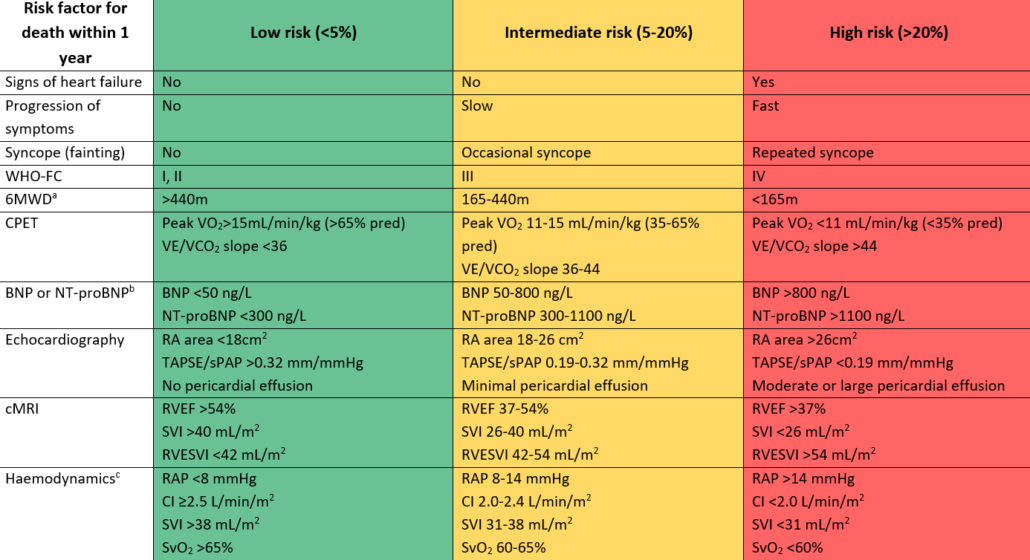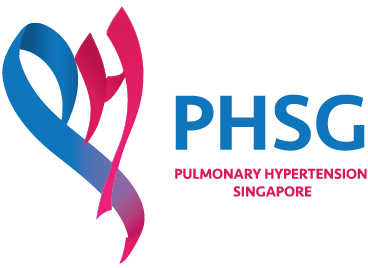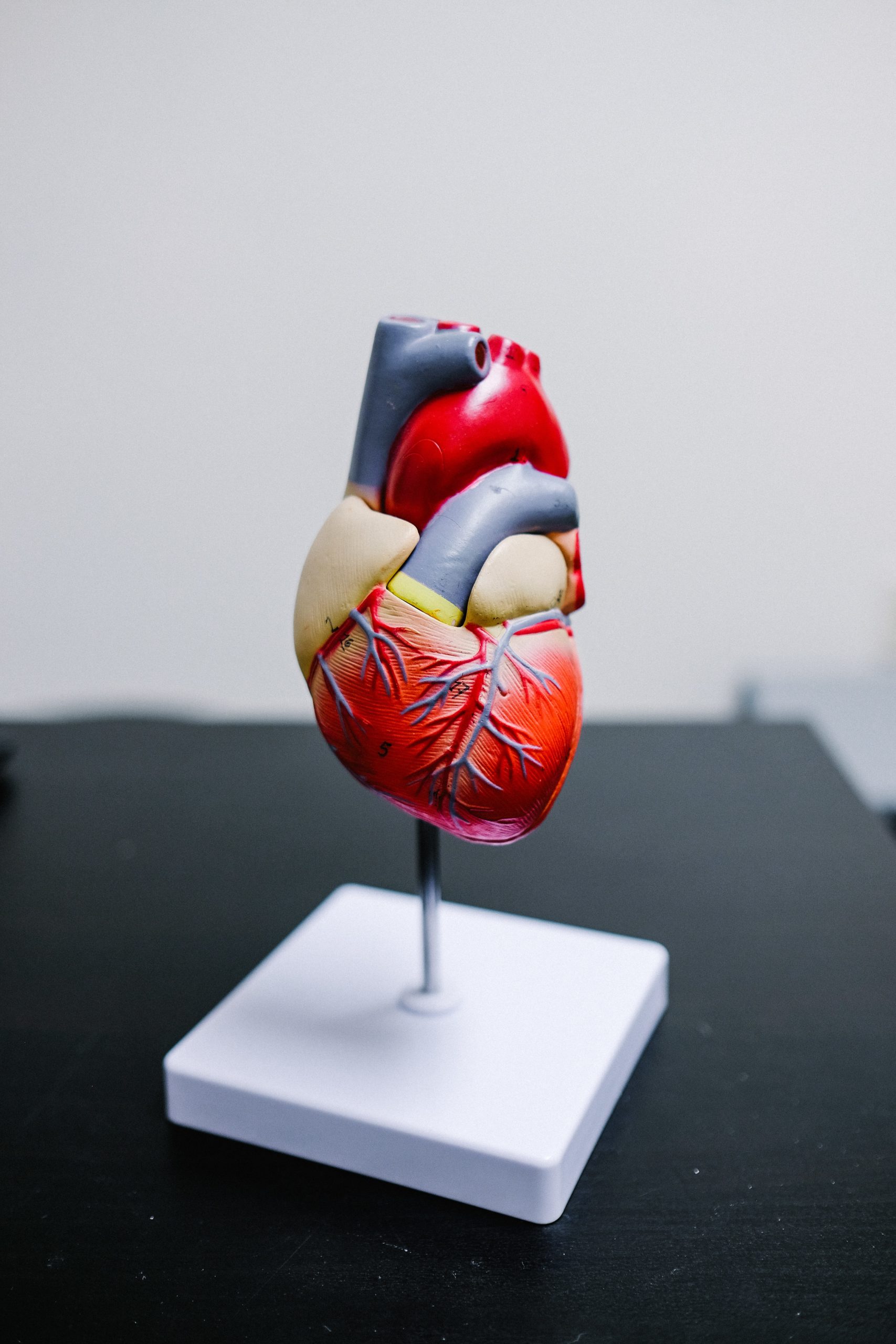How will the doctor know that I have PH? What tests will they perform?
The management of PH may be different between doctors, but the following are some recommendations by international guidelines1:
Right heart catheterization (RHC)
This is the gold standard for diagnosing and classifying PH. It involves inserting a catheter into the right heart to measure the pressure inside the pulmonary arteries.
Based on the latest guidelines, PH is defined as:
mean pulmonary artery pressure (mPAP) >20 mmHg at rest
And depending on the type of PH:
pre-capillary
- PAWP ≤15 mmHg
- PVR >2 Wood Units
post-capillary
- PAWP >15 mmHg
- PVR ≤2 Wood Units
exercise PH
mPAP/CO slope between rest and exercise >3 mmHg/L/min
PAWP: pulmonary artery wedge pressure; PVR: pulmonary vascular resistance; CO: cardiac output
Electrocardiogram (ECG)
Electrodes are placed on your chest to record the electrical impulses of the heart and can detect irregular heart beats or signs of left heart disease. It may be performed on its own or during an exercise test such as a treadmill or stationary bike test. A normal ECG alone does not exclude possibility of PH.
Chest X-Ray
This can provide clues about the pulmonary arteries and right heart, or to identify other lung diseases that may be causing PH. Having a normal X-ray does not exclude possibility of PH.
Echocardiogram
Commonly known as a 2D echo or echo, it is an important tool to look at the chambers and function of the heart. This can be used to detect the cause of PH associated with heart disease.
Blood tests and immunology
These look at components of bodily fluids and can help identify diseases causing PH, such as HIV or connective tissue disease.
Ventilation-Perfusion (V/Q scan)
This compares the air flow in airways with the blood flow in the lungs and is used to look for clots.
Pulmonary function tests (PFTs) or arterial blood gases (ABGs)
PFTs are breathing tests to measure how much and how well air can go in and out of your lungs and their ability to exchange oxygen and carbon dioxide. This may also include a Carbon monoxide diffusing capacity test (DLCO), which is a test used to estimate how well oxygen is absorbed into your blood. ABGs are blood tests that show how much gases are dissolved in the blood. PFTs and ABGs are important to determine which type of PH you have, whether you need supplemental oxygen, and to assess severity of the disease.
Cardiopulmonary exercise testing (CPET)
CPET is usually done using a treadmill or stationary bike to see what stops you from doing more during physical exertion. During this test, oxygen and carbon dioxide levels that you breathe are measured while increasing physical activity is performed. ECG is also observed throughout the test. This gives a good idea of how the heart and lungs perform during exercise. RHC can also be done during a CPET.
Computed Tomography (CT) and angiography
CT imaging uses X-ray to provide a 3D view of the structures in the body, and is useful for finding heart or lung abnormalities that may cause PH. Angiography allows the blood vessels and chambers of the heart to be seen by injecting a substance, and is also useful for finding causes of PH.
Cardiac magnetic resonance imaging (cMRI)
cMRI produces accurate 3D images of the heart and can also be used to measure blood flow.
Abdominal ultrasound
This is used to detect diseases of the internal organs, especially of the liver and kidneys.
Vasoreactivity testing
This is an additional test done during RHC by breathing in a substance that enlarges the pulmonary vessels. It is only recommended for those with idiopathic, heritable, or drug-induced PAH.
After the diagnosis of PH is confirmed, your doctor will also classify your disease severity in terms of function using the WHO classification system (WHO-FC):
| Class | Description |
|---|---|
| I | You do not have symptoms and are able to perform ordinary physical activity. |
| II | You are comfortable at rest but have some symptoms with ordinary physical activity (such as climbing stairs or grocery shopping) |
| III | You are comfortable at rest but have symptoms with less than ordinary physical activity (such as household chores) |
| IV | You have symptoms with any physical activity and maybe even at rest. Any physical activity increases discomfort. |
For those diagnosed with PAH (Group 1), your doctor will also use the following table to give you a risk category1:

a: The 6-minute walk test is a test of exercise capacity. It measures the distance you walk within 6 minutes. This is called the 6-minute walk distance (6MWD). The further you walk, the fitter you are.
b: BNP and NT-proBNP are hormones produced by the heart and blood vessels. These are secreted into the blood during fluid build-up, which is a sign of heart failure.
c: Haemodynamics refers to the study of how blood flows through your body, and is a reflection of how well your heart is working
To understand more about the medical terms used, check out the PH Acronym Decoder.
Reference:
1. Humbert M, Kovacs G, Hoeper MM, Badagliacca R, Berger RMF, Brida M, Carlsen J, Coats AJS, Escribano-Subias P, Ferrari P, Ferreira DS, Ghofrani HA, Giannakoulas G, Kiely DG, Mayer E, Meszaros G, Nagavci B, Olsson KM, Pepke-Zaba J, Quint JK, Rådegran G, Simonneau G, Sitbon O, Tonia T, Toshner M, Vachiery JL, Vonk Noordegraaf A, Delcroix M, Rosenkranz S; ESC/ERS Scientific Document Group. 2022 ESC/ERS Guidelines for the diagnosis and treatment of pulmonary hypertension. Eur Respir J. 2022 Aug 30:2200879. doi: 10.1183/13993003.00879-2022. Epub ahead of print. PMID: 36028254.
Feeling lost? Use the following to help you navigate medical terms:
All information here is intended to serve as a guide only, and does not replace consultation from a certified medical physician. Always speak to your doctor about the treatments and plans relating to your medical condition and the intended outcomes. All information is adapted from the Pulmonary Hypertension Association and the 2022 ESC/ERS Guidelines for the diagnosis and treatment of pulmonary hypertension unless otherwise stated.


